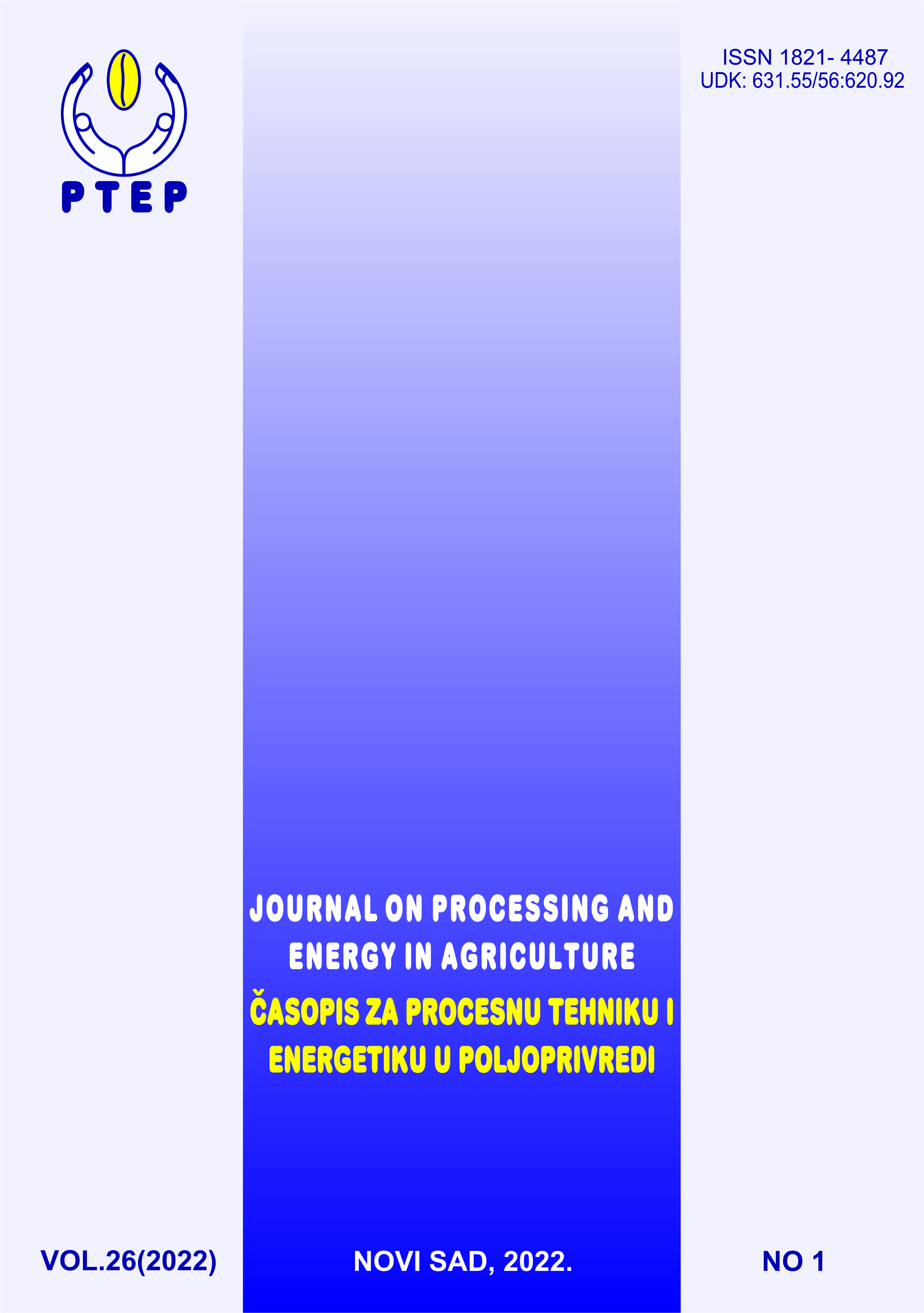MOLEKULARNA DETEKCIJA FUSARIJUMSKIH INFEKCIJA U PŠENICI - MERA PROCENE KVALITETA
Sažetak
Cilj ovog rada je bio da se proceni 50 uzoraka pšenice prikupljenih sa različitih lokacija u zapadnoj Rumuniji na osnovu mikrobioloških, molekularnih i toksikogenih testova kako bi se utvrdila njihova korelacija kada su analizirane vrste roda Fusarium. Za procenu rane gljivične infekcije korišćeno je prisustvo toksina utvrđeno biohemijskom ELISA (Enzime-Linked Immunosorbent Assai), DNK analizom zasnovanom na PCR (Polimerase Chain Reaction), pa čak i tačna identifikacija vrsta korišćenjem specifičnog sekvenciranja gena. S obzirom na to da je u Rumuniji prevalenca infekcija Fusarium graminearum i Fusarium proliferatum najvažnija, može se reći da skrining sa prajmerima specifičnim za gljivične vrste obezbeđuje preliminarni test za identifikaciju gljivične infekcije pre perforacije.
Reference
REFERENCES
- Alexander, N. J., McCormick, S. P., Waalwijk, C., Van der Lee, T., and Proctor, R. H. (2011). The genetic basis for 3-ADON and 15-ADON trichothecene chemotypes in Fusarium. Fungal Genet. Biol. 48, 485-495
- Bozac, P., Popescu, , Botau, D., Boldura, O.M., Pirvulescu, P. (2016) Molecular Characterization for some new Fusarium Isolates Collected from the West Part of Romania, Romanian Biotechnological Letters, Vol. 21, No. 3, 11560-11568.
- Geiser, D.M., Jimenez-Gasco, S., Kang, I., Makalowska, N., Veeraraghavan, T. J., Ward, N., Zhang, G., Kuldau, and O’Donnell K.. (2004). FUSARIUM-ID v. 1.0: A DNA se-quence database for identifying Fusarium. European Journal of Plant Pathology 110, 473-479
- Jurado M, Vazquez C, Patiño B, Gonzalez Jaen MT (2005). PCR detection assays for the trichothecene-producing species Fusarium graminearum, Fusarium culmorum, Fusarium poae, Fusarium equiseti and Fusarium sporotrichioides. Systematic and Applied Microbiology, 28, 562–568
- Mesterhazy, A. (2002). Role of deoxynivalenol in aggressiveness of Fusarium graminearum and F. culmorum and in resistance to Fusarium head blight. Eur. J. Plant Pathol. 108, 675–684,.
- O’Donnell, K., Ward, T.J., Geiser, D.M., Kistler, H.C., Aoki, T. (2004). Genealogical concordance between the mating type locus and seven othernuclear genes supports formal recognition of nine phylogenically distinct species within the Fusarium graminearum clade. Fungal Genet. Biol. 41, 600-623.
- Ward, T.J., Bielawski, J.P., Kistler, H.C., Sullivan, E., O'Donnell, K. (2002). Ancestral polymorphism and adaptive evolution in the trichothecene mycotoxin gene cluster of phytopathogenic Fusarium. Proceedings of the National Academy of Sciences, 99, 9278-9283
- Yli-Mattila, T., Gagkaeva T., (2010). Molecular chemotyping of Fusarium gramineaum, F. culmorum and F. cerealis isolates from Finland and Russia. In Gherbawy Y., Voigt K., (eds.).Molecular Identification of Fungi, Springer Verlag, Berlin, Germany.

